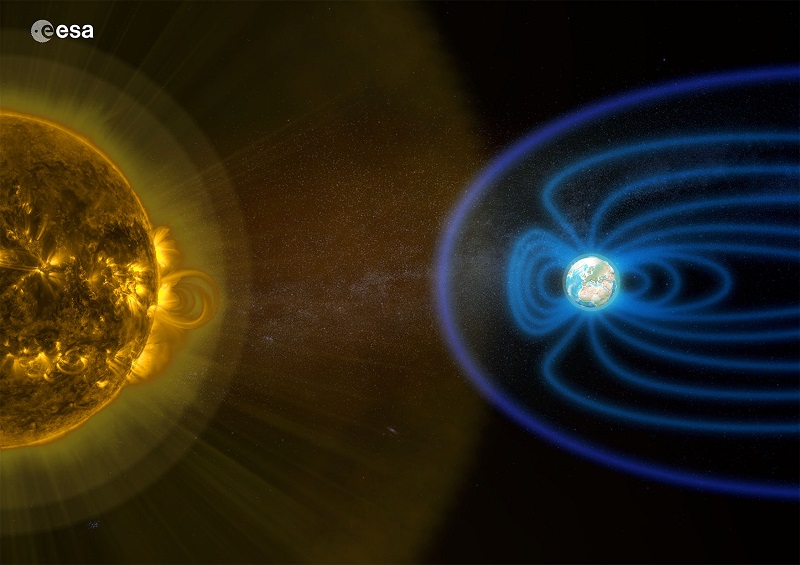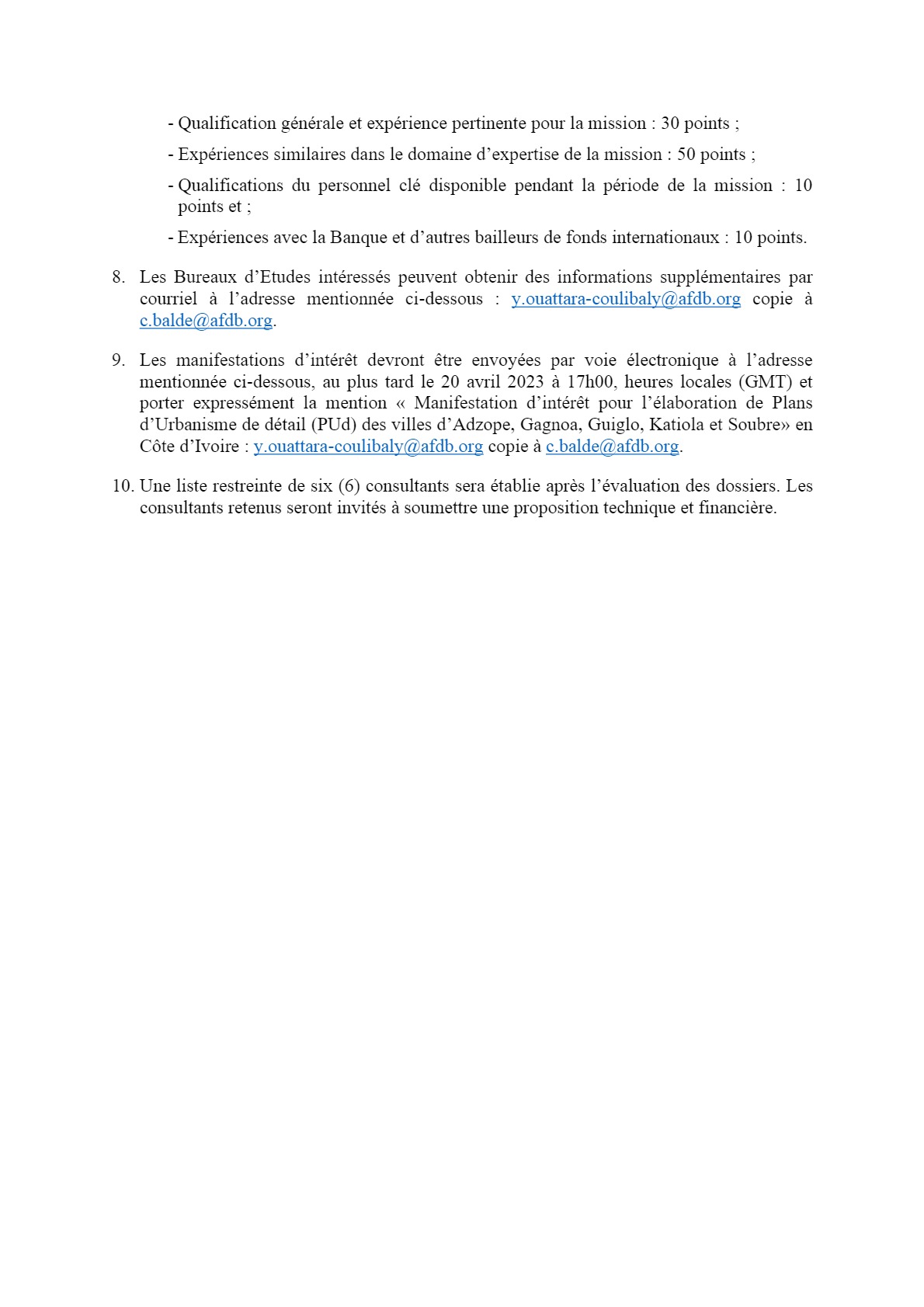Damaging Winds: How Fast-Moving Storms Impact Watches And Warnings

Table of Contents
How Wind Speed Determines Watch and Warning Levels
Accurately predicting and communicating the threat of damaging winds is paramount. The speed of the wind directly dictates the level of alert issued by meteorological agencies.
The Difference Between a Watch and a Warning
It's vital to understand the difference between a watch and a warning:
-
Watch: A watch signifies that conditions are favorable for the development of severe weather, including damaging winds. It's a potential threat, prompting preparedness. For example, a wind watch might be issued if models predict sustained winds above 50 mph within the next 12-24 hours. This gives you time to prepare.
-
Warning: A warning means severe weather, such as damaging winds, is imminent or already occurring. Immediate action is required. A wind warning means damaging winds of at least 58 mph are either happening now or expected to occur very soon. You need to take shelter immediately.
Here are specific wind speed thresholds for different warning levels:
- High Wind Warning: Sustained winds of 40 mph or higher, or gusts of 58 mph or higher.
- Severe Thunderstorm Warning: Includes damaging wind gusts of 58 mph or greater, often associated with tornadoes.
- Hurricane/Tropical Storm Warnings: Wind speeds vary depending on the category of the hurricane or tropical storm. These warnings are based on sustained wind speeds.
Factors Influencing Wind Speed Predictions
Accurately predicting wind speed, especially in fast-moving storms, presents considerable challenges:
- Rapidly Changing Weather Patterns: Fast-moving storms can change intensity and direction quickly, making precise predictions difficult.
- Limitations of Weather Models: While sophisticated, weather models aren't perfect; errors in prediction are unavoidable.
Meteorologists utilize various tools to estimate wind speed:
- Doppler Radar: Provides real-time data on wind speed and direction.
- Satellite Imagery: Offers a broad overview of storm systems and their movement.
- Surface Observations: Data from weather stations across a region contribute to a comprehensive picture.
Sources of prediction error include:
- Incomplete data coverage: Sparse weather stations in some areas limit accuracy.
- Model limitations: Numerical weather prediction models have inherent uncertainties.
- Unexpected changes in atmospheric conditions: Unforeseen shifts can significantly impact wind speeds.
The Impact of Fast-Moving Storms on Warning Time
The speed of a storm significantly impacts the lead time available for warnings.
Reduced Lead Time for Warnings
Fast-moving storms drastically reduce warning time:
- Limited Response Time: A slow-moving storm might allow for 24 hours of warning, providing ample time for preparation. However, a fast-moving storm might only provide a few hours' – or even minutes' – notice.
- Increased Risk: The shorter warning time increases the risk of injuries and damage.
Strategies to improve lead time include:
- Advanced warning systems: Investing in better radar technology and data processing.
- Improved forecasting models: Continuously refining and enhancing weather prediction models.
- Enhanced data assimilation: Improving the incorporation of various data sources into forecasting models.
Challenges in Communicating Urgent Warnings
Rapidly approaching storms demand efficient and effective communication:
- Reaching Vulnerable Populations: Ensuring timely warnings reach everyone, including those with limited access to technology or information, is a challenge.
- Information Overload: During major events, the sheer volume of information can be overwhelming for the public.
Methods for improving communication:
- Multiple Channels: Utilizing weather radio, mobile alerts (like Wireless Emergency Alerts), social media, and local news.
- Clear and Concise Messaging: Avoiding technical jargon and presenting information in an easy-to-understand format.
- Targeted Messaging: Tailoring messages to the specific needs and vulnerabilities of different communities.
Safety Precautions During Damaging Winds
Preparation and awareness are key to minimizing the impact of damaging winds.
Preparing for High Winds
Before a storm hits:
- Secure Loose Objects: Bring in anything that could be blown around (patio furniture, garbage cans, etc.).
- Trim Trees: Remove dead or weak branches that could fall and cause damage.
- Create a Family Emergency Plan: Designate a safe room and establish communication protocols.
- Stock Up on Supplies: Have flashlights, batteries, water, and non-perishable food readily available. [Link to your local emergency management agency’s website here].
Staying Safe During the Storm
During damaging winds:
- Stay Indoors: Avoid going outside unless absolutely necessary.
- Stay Away from Windows: Seek shelter in a sturdy interior room, away from windows.
- Monitor Weather Updates: Stay informed about the storm's progress via official sources.
- Follow Instructions: Obey any instructions from emergency officials.
Conclusion
Damaging winds pose a serious threat, and understanding how fast-moving storms affect storm watches and warnings is critical for preparedness. By recognizing the differences between watches and warnings, understanding the challenges in predicting and communicating about these events, and following appropriate safety precautions, we can significantly reduce the impact of damaging winds. Stay informed about severe weather through official sources and be ready to act quickly when warnings are issued. Remember, staying informed about potential damaging winds and taking proactive steps can safeguard your life and property.

Featured Posts
-
 Lou Gala Exploring The Impact Of The Decameron On Her Career
May 20, 2025
Lou Gala Exploring The Impact Of The Decameron On Her Career
May 20, 2025 -
 Plans D Urbanisme De Detail En Cote D Ivoire Participation Des Maires Pour Une Reussite Optimale
May 20, 2025
Plans D Urbanisme De Detail En Cote D Ivoire Participation Des Maires Pour Une Reussite Optimale
May 20, 2025 -
 Formel 1 Diskningen Av Hamilton Och Leclerc Analys Och Reaktioner
May 20, 2025
Formel 1 Diskningen Av Hamilton Och Leclerc Analys Och Reaktioner
May 20, 2025 -
 Angely I Restorany Biznes Imperii Plyuschenko Sikharulidze I Kuznetsovoy
May 20, 2025
Angely I Restorany Biznes Imperii Plyuschenko Sikharulidze I Kuznetsovoy
May 20, 2025 -
 D Wave Quantum Qbts Stock Price Jump Analyzing Mondays Gains
May 20, 2025
D Wave Quantum Qbts Stock Price Jump Analyzing Mondays Gains
May 20, 2025
